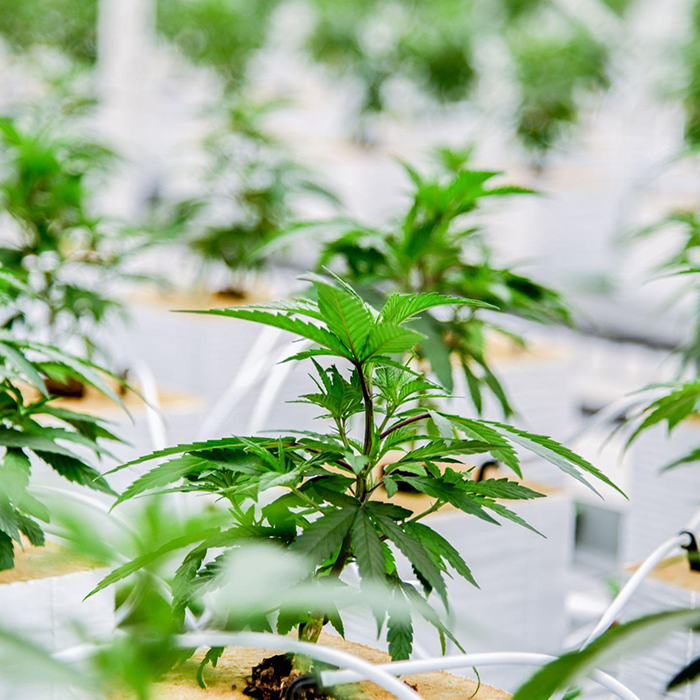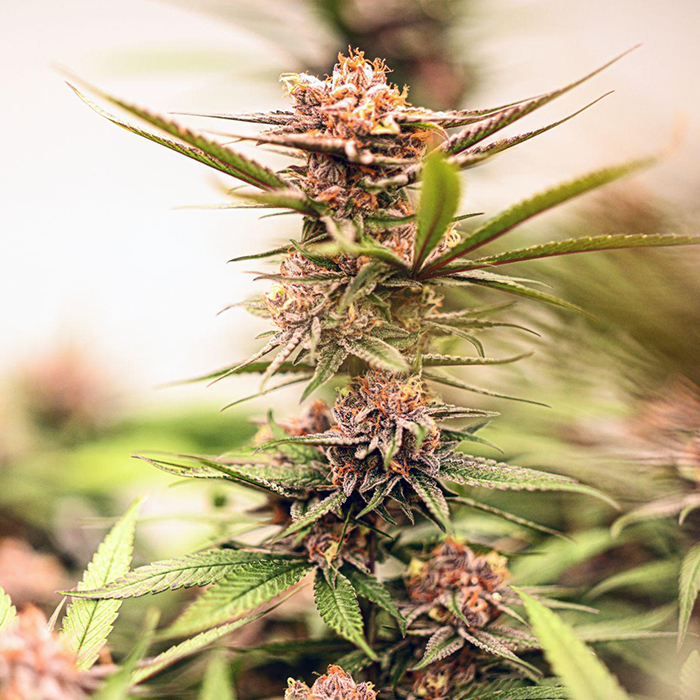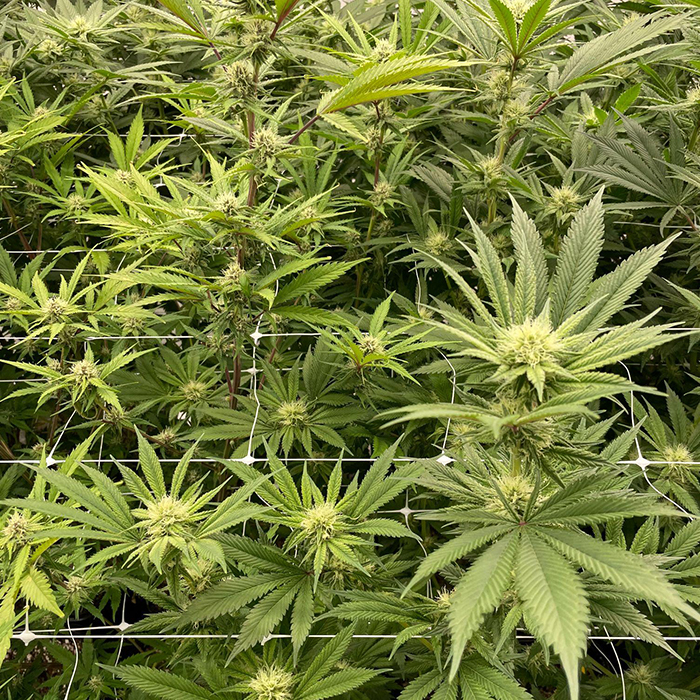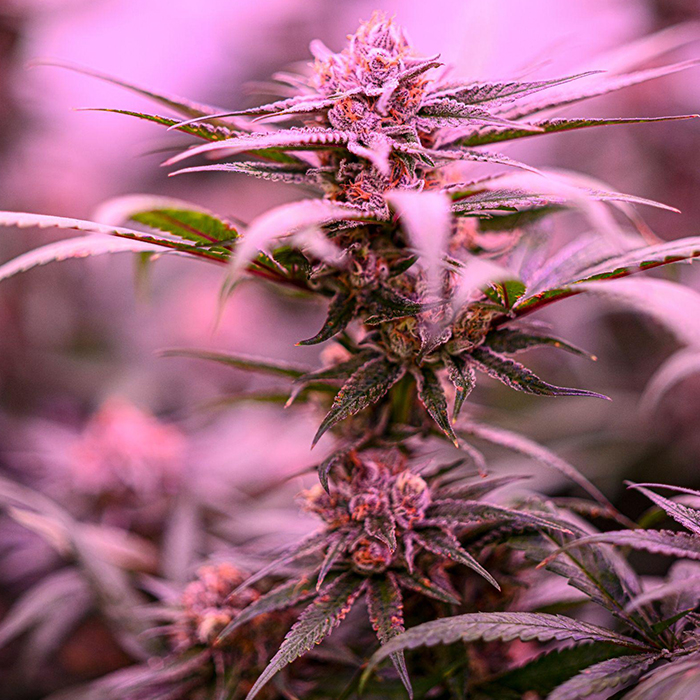How to Profile a Cannabis Strain
Insights on vertical farming

The Goal of a Cannabis Strain Profile
Every cannabis strain profile should be in service to these three principles:
- Regulatory: to abide by all local and state laws regarding the advertisement and sale of cannabis.
- Creative: to articulate the medicinal and recreational benefits of the strain in question, including its unique effects and attributes.
- Commercial: to successfully market the product in order to encourage a reliable revenue stream.

Step One: The Basics
If you’re already in operation, you’ve done the work of understanding and implementing state and local regulatory measures regarding the advertisement and sale of cannabis products. As you refine your methods for cannabis profiling, they’re worth revisiting.
Obviously, you return to these regulations because you want to continue to operate within those parameters as you craft marketing materials, packaging, and more that will act as, effectively, vehicles for your new messaging.
To a lesser extent, the same goes for the platforms you plan to advertise on—from billboards to social media, you’re going to have to follow those rules too. But when you refamiliarize yourself and your team with the rules you have to operate under, you’re better equipped to build cannabis profiles that adhere to (and even embrace) whatever limitations you run up against.

Step Two: Articulating Effects
Yes, including data like THC or CBD content might be a legal requirement, but it’s also information that cannabis users will want. But not everyone is as familiar with the science of getting high, so as you begin to conceptualize a new standard for profiling your strains, give a thought to how you plan to translate raw data into concise, practical, and approachable information for your buyer.
Consider the catchy reminder for differentiating sativa from indica: indica means “in the couch.” Evocative language like this is far more illustrative at the service counter than a science lesson about the interplay between THC, CBD, terpenes, and the hundreds of other trace compounds found within.
A good cannabis profile is a two-way street: it’s a tool for dispensaries to refer back to when advertising or referring customers to certain goods, but it’s also internally facing. If a customer asks your sales associate what strains pair well with an evening in with friends or treating their chronic pain, all dispensary staff have a common standard designed to match the person with the product.

Step Three: Describing Aromas and Flavors
Fruity, floral, earthy—cannabis strains come in many styles. And if you’re talking about smelling and tasting cannabis, you’re talking about terpenes, the naturally occurring chemical compounds that affect appearance, taste, and aroma. Terpenes also tie into the effects of cannabis, but that’s a story for another blog post.
Here’s just a short list of the most commonly occurring terpenes in cannabis and how people have characterized them, as well as their properties beyond the gustatory and olfactory.
- Myrcene: earthy and herbal; pain relief.
- Pinene: piney; anti-inflammatory, anti-anxiety.
- Limonene: citrusy; gastrointestinal.
- Caryophyllene: spicy; pain relief.
- Terpinolene: woody and floral; sedating and antioxidant.
- Ocimene: sweet and floral; anti-inflammatory.
To create your cannabis profiles, research how others have described the strains you sell in your dispensary and compare their findings. If you sell new or unique strains that aren’t yet on lists like these, go to their parent plants instead. Does the strain have its mother’s woodiness but its father’s citrus notes and body high?
Before we get into the meat of profiling, you want to build a common language for description. Have your team plot these along a graph where the y axis is body high versus cerebral high and the x axis is, let’s say, sugary versus earthy flavors. If nothing else, the experiment is an excellent team-building exercise, but at best it’ll serve as a strong foundation for forging a hyper specific branded standard for describing your products.

Step Four: Brand and Customer Personas
Like our first step, if you’re already an established canna-business, then you’ve likely not only done the work of building a brand identity, you live it every day. But it’s time to look at brand and customer personas in a new light to best serve your new methods for cannabis profiling. You’ll want to collect and reflect on the following information:
Who are you as a brand?
- What is your mission?
- What are your corporate values?
- If your brand were a person, what would they be like?
Who are you selling to?
- Create profiles for at least three fictional people who would regularly shop at your dispensary. Include basics like their ages, interests, professions.
- What are their opinions, feelings, and experiences with cannabis and cannabis products?
- What motivates them to shop here and nowhere else? And why do they keep coming back?
Please note that while the people in your brand and customer personas aren’t real, you want them to be a fair representation of a demographic that actually exists in your neighborhood and who would buy from you.
These personas ought to act as your North Star when articulating your cannabis profiles. Note the differences between these three profiles based on the intended audience:
- Rich is a software developer in his late twenties, with a sweet tooth and passion for video games.
- Mel is a sales manager for a garden center in their early forties. They enjoy hiking and writing poetry at sunrise.
- Donna is a retired nurse in her late sixties. She loves spending time with her grandchildren and crocheting, but she gets tired easily.
Not only would your sales team likely pitch different products to these people, the language they would use to describe the products may also vary, and all that language is ultimately a reflection of who you are as a brand. How well you balance all these variables is what makes a strong cannabis profile.
Let’s say a member of your team wanted to sell them on a strain like Lemon OG, an sativa-forward hybrid flower with notes of citrus:
- For Rich, we focus on fun: the effects will keep him “locked on,” and it tastes like “sour candy.”
- For Mel, we focus on the natural: the effects are “cerebral” or “meditative,” and it tastes like “lemon rind.”
- For Donna, we focus on comfort: the effects are “energizing,” and it tastes like “lemonade.”
This same principle extends to where and how you advertise, the media you advertise on, the colors on your packaging—the possibilities are endless. But all these things work to hone the abstract art of cannabis profiling into a tangible, repeatable, and effective method for expressing your brand and giving your customers exactly what they're looking for.





